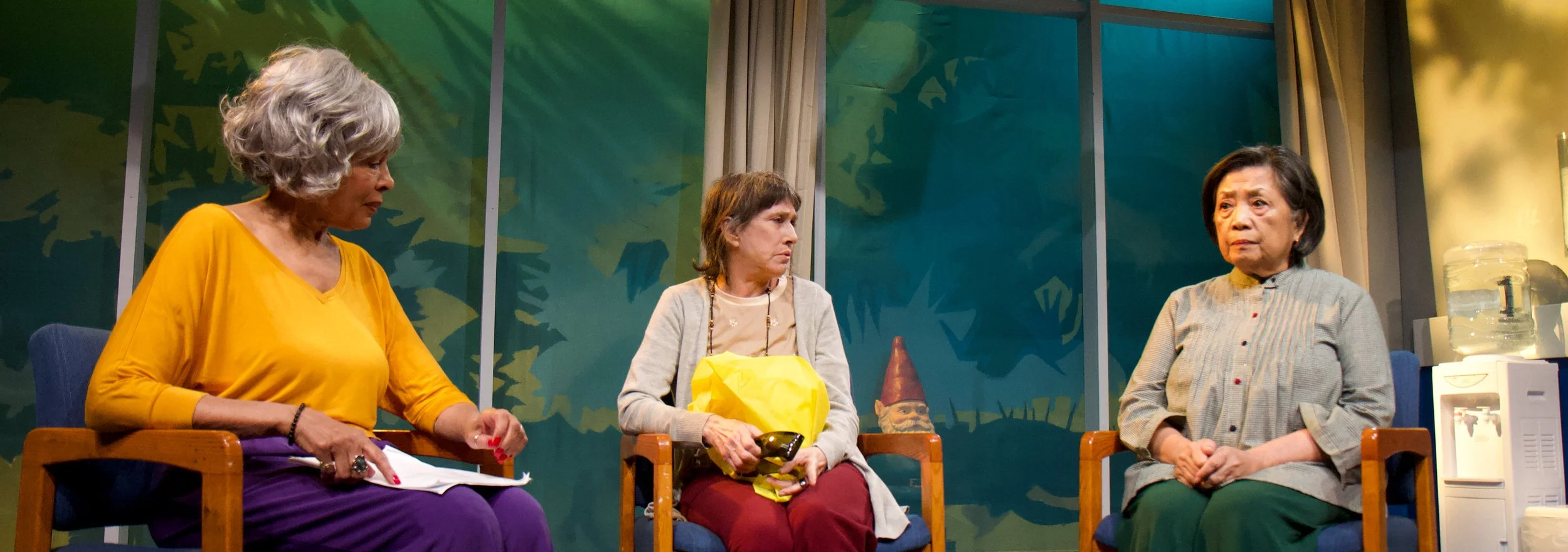Anyone wondering where the next generation of talent will come from need look no further than TADA! Youth Theater. TADA! is a nonprofit company that produces original musicals performed by New York City-area children between the ages of 8 and 18. Part of its mission is "to provide young people of different backgrounds the opportunity to explore and perform theater together in an educational, supportive, and professional environment." Everything About School (Almost), conceived by Eric Rockwell, concludes TADA!'s 23rd season. School occurs as eight students—four boys and four girls—graduate from high school, which gives them a chance to reflect on how they first met and grew close from elementary school on. The production also provides additional students the opportunity to participate. No fewer than 32 students star in School, with several roles played by alternating performers, and separate casts play the eight students in elementary school, junior high school, high school, and at graduation.
School begins with the graduates celebrating and flashes back to how things began, then moves back and forth between scenes showing them grown up and in their earlier days. One of the first numbers, for example, finds Nancy (alternately portrayed by Danikha Catada and Ines Renique) on her first day as a new student. Though at first the kids make fun of her funny-sounding full name, before long she has become part of the gang. Meanwhile, one of the show's most charming parts charts the slowly evolving relationship of Jennifer and William (Patricia Fitzpatrick and Hiawatha Brown in the high school scenes, where they share their best number, "The Locker Song"). Starting out as friends, they ultimately become much more.
The show also hits on other funny aspects of school that most people, even those long graduated, will remember. The boredom of class, hating physical education, studying for the SAT exam, and applying to college all find their way into big numbers. And what look back at junior high school would be complete without a song about cafeteria food?
Director Janine Nina Trevens proves that W.C. Fields's adage about never working with animals or children does not always apply, as the entire show is as fluid as any professional adult production. These actors may be young, but they are in no way just kids; they can all act, sing, and dance. And while it's difficult to single out members of this ensemble, Nicholas Stewart, as the elementary school-aged Michael, demonstrates superb talent as a tap dance artist.
One of the other great aspects of School is that it is completely age-appropriate. The musicians who composed the songs have made them enjoyable for young children, older teens, and adults as well. Some of these songs are quite clever, including "Can't Keep Still" and "Immature." More impressive is that for a show that runs a taut 75 minutes, all the performers get their moment to stand out.
School may be marked by a high degree of professionalism, but thanks to everyone involved, it is also an enormous amount of fun. TADA! certainly made me wish I was a student there. I can't wait to see what these pros put on next year.






